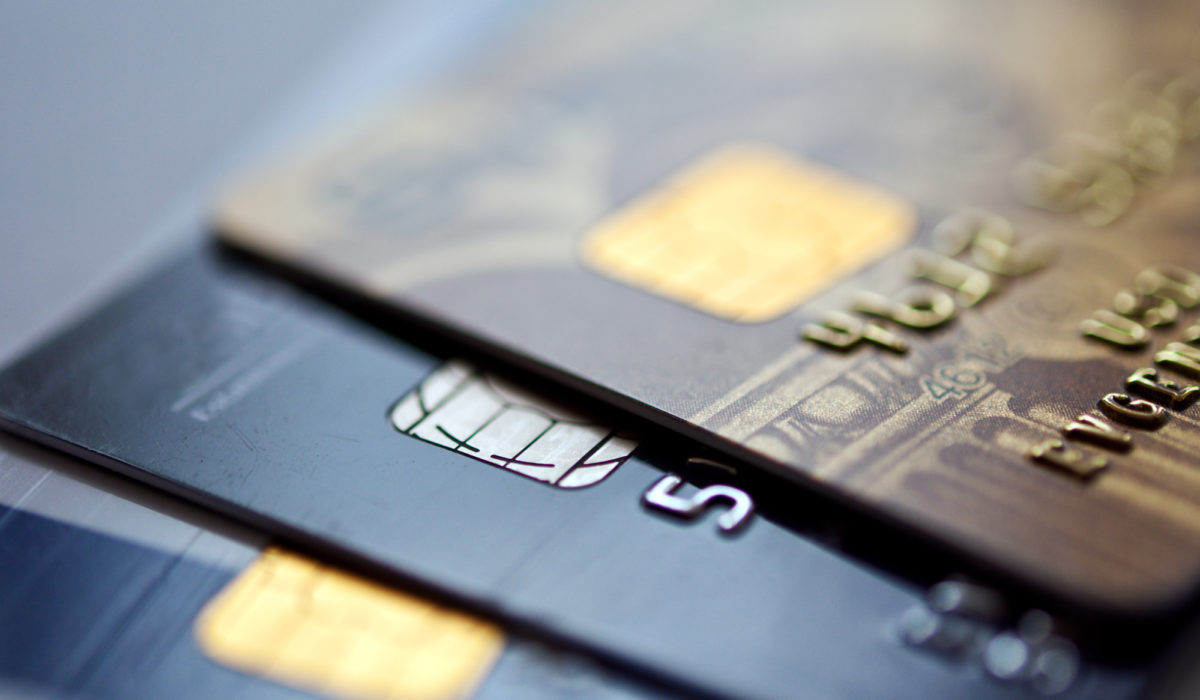The world of credit cards – there’s a lot to know. It can feel overwhelming with all the in-and-outs. Even credit card “terms” that are used can get intimidating. What about APR? Every card has it, but how does it effect you? And what is considered “good” and “bad” APR? Can you avoid it?
Let’s dig a little deeper into this important term and see how it relates to your credit card usage.
What is an APR?
APR stand for Annual Percentage Rate and it’s the yearly cost of borrowing money from a financial institution. It reflects the interest and/or fees in relation to your balance. Many companies will have competitive APR’s to draw people to their financial products.
It’s not just credit cards that have APR’s – basically any type of big loan will have an APR (auto, mortgage, personal). Whatever type of financial product you may have, you’ll be able to find your APR listed on your original loan agreement. If you can’t find it, keep an eye out for your statement – it’s usually on there, too.
It’s extremely important that you understand what your APR is and how it functions. Understanding it will help you understand your debt and you’re repayment options.
How it works
When you have a balance on your credit card statement, you are carrying over money on your statement every month until you pay it completely off. The APR on your credit card will indicate the interest you will pay when carrying a balance from month to month.
You won’t incur interest if you’re paying your bill in full every month, though. There is at least 21 days from when your statement becomes available to pay your bill before the payment is considered late.
Interest on your credit card is assessed daily. This means that a credit card company will determine how much to charge you on a given day by multiplying the balance at the end of that day by your APR/365. These interest charges will then become part of your balance the next day and will themselves incur interest. The process of interest incurring interest is known as compounding.
An example would be this: you enter the billing cycle with $200 and you have a 20% APR. Assuming you made no purchases that day, your balance at the end of the second day would be $200, plus $0.11 in interest that you accused the previous day ($200 *(0.20/365)). This process repeats everyday until you have paid your balance in full.
Yes, it does seem confusing. There are many online calculators to help you understand and estimate how much you’re spending with your APR on your credit line.
Usually credit cards have a few different APR’s. For instance, a single credit card will have a purchase APR, a balance transfer APR, a cash advance APR, and potentially a penalty APR as well. It might also have an introductory APR for purchases and/or balance transfers that is lower than the regular rate but only lasts for a certain period of time (e.g. 6-18 months).
Do your research to find a credit card that make sense for you, with a low APR rate. Exceeding 27% APR is pretty high – so anything below that is pretty expected.
The good thing is most credit cards will have 0% APR when you first sign up – but this usually only last between 6-18 months.
The best way to avoid APR is to pay your bill in full every month.

